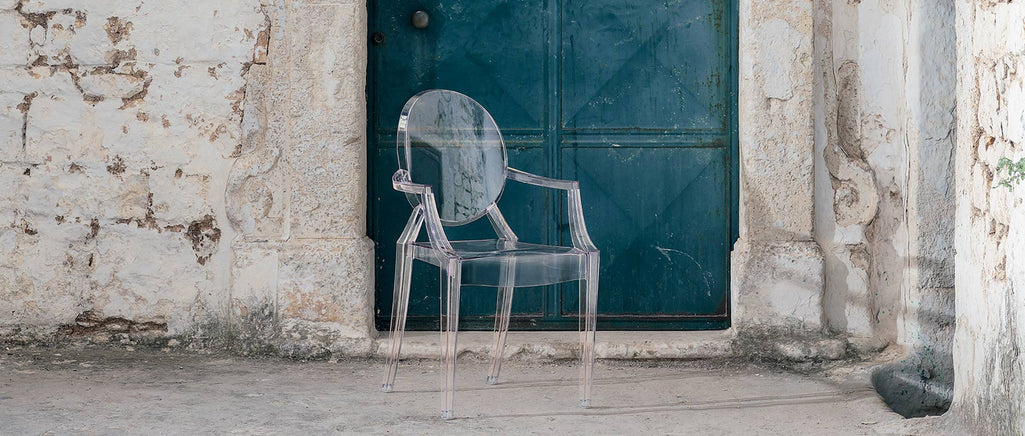
Kartell
Kartell is the world’s leading manufacturer of plastic design classics. Since the advent of this new material in 1950, Kartell has worked with designers to make plastic engaging and comfortable. Componibili was one of the first pieces launched and is still in production today. Colour is Kartell’s trademark, but in 2001 they perfected transparent plastic with the Louis Ghost chair by Philippe Starck. Louis Ghost is now their number one selling chair.
Related collections
Exquisite Craftsmanship, Innovative Technology
Every piece of Kartell furniture is instilled with classic Italian craftsmanship visible in every detail. From pioneering the use of transparent polycarbonate to exploring sustainable, certified materials, Kartell furniture embodies quality, design, and innovation.
Kartell furniture takes this Italian design and infuses it with modern-day advanced technologies. They utilise premium materials, meaning each piece is not only visually stunning, but built to last. With Kartell, you’re bringing a legacy of design excellence and technological progression straight to your home.
Read MoreKartell Furniture for Every Interior Style
With the Kartell furniture collection, every room can be enhanced with designer pieces. From versatile chairs or colourful stools and sophisticated lighting, each detail of your space has the potential to be truly special. Explore options for a minimalist look or make a bold, artistic statement with an attention-grabbing centerpiece.
The collection implores you to discover heritage and contemporary innovation. Bring Italian design and progressive design into your space, with Kartell furniture that’s ready for any aesthetic.

